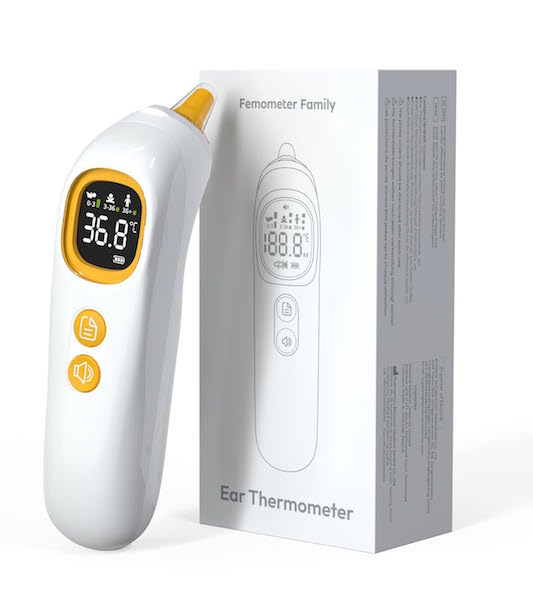Having a medicine cabinet that is woefully understocked is the equivalent of opening the fridge when you are starving and finding nothing but a row of out-of-date sauces and a wilting lettuce leaf. So, what’s the secret to the very best medicine cabinet? What’s worth keeping, chucking, and buying?
Every house should have a medicine cabinet or a first aid box whether it’s in the kitchen, the bathroom or somewhere else that’s easily accessed, but what’s in yours and do you spring clean the contents? Here I share my top tips for the very best medicine cabinet.
1. Discard anything you can’t identify – if you don’t know what it is, how do you know what to use it for?
2. Check expiry dates and dispose of anything that’s gone past its use by date. Store medicines in their original packaging, to avoid mistakes and try to keep at normal room temperature and humidity.
3. Make sure you have a thermometer, so you can accurately identify a fever. Digital ear thermometers have largely replaced the old glass-and-mercury ones and digital infrared no-contact thermometers are also a good option, especially if you have babies or small children in the house.
4. Painkillers/treatments for fever – ibuprofen or paracetamol can be used for treating pain and bringing down a fever. Both are suitable for children and adults, but the usual caveats apply – always read the label and follow the instructions. Seek medical help if pain or fever don’t settle.
5. Antihistamines are a year-round essential part of any medicine cabinet. With more than 10 million people in the UK who have hayfever, this is particularly important in the spring and summer months. Some antihistamines can make you drowsy, so choose carefully. Allergies can trigger wheezing and shortness of breath so, if anyone in the house has asthma, keep a peak flow monitor handy and a spare blue asthma inhaler if they have a prescription.
6. Eye complaints like conjunctivitis, blepharitis and styes are very common, unpleasant but usually not serious. Golden Eye® is a pharmacy-only brand for eyes, which is available without a prescription and has several different products to help get your eyes feeling healthy again: Golden Eye® Eye Drops and Golden Eye® Eye Ointment are for conjunctivitis (red eye), styes and blepharitis (infection of the lid margins and eye follicles), while Golden Eye® Eye Ointment is also for styes. Golden Eye® Antibiotic Eye Ointment contains the antibiotic chloramphenicol. This product is intended for acute bacterial conjunctivitis to limit the spread of bacterial resistance to antibiotics. Always read the label.
7. For first aid, it's impossible to prepare for every eventuality, but a few essentials can go a long way. Keep a variety of plasters and self-adhesive dressings, antiseptic cream or lotion, steri-strips in case of any gaping wounds and tweezers for splinters.
8. If you have children or a baby in the house, make sure the medicine cabinet is out of reach and in child-proof containers. You'll also need to make sure you include medicines designed specifically for children, like a children’s painkiller.
9. Finally, the door of your cabinet is a good place to keep a note of key phone numbers, such as the GP surgery, an out-of-hours contact number, your local pharmacist, your dentist, and a reminder to dial 111 for non-emergencies and 999 for life-threatening situations.

